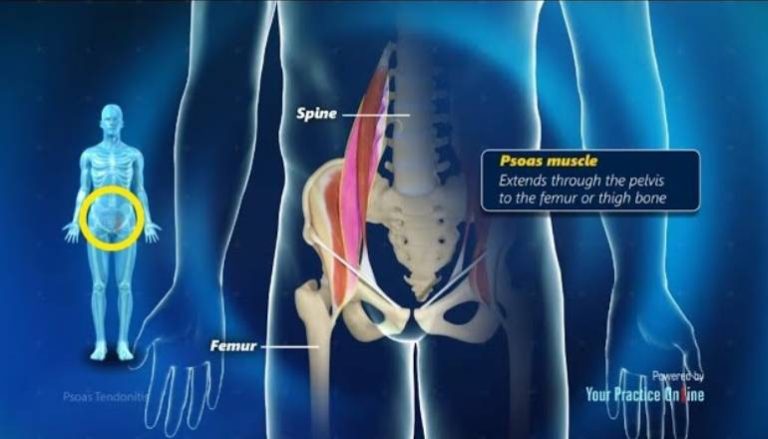Understanding the Iliopsoas Muscle Test for Psoas Abscess
The iliopsoas muscle test is an important diagnostic tool for medical professionals to evaluate the presence of a psoas abscess. We will discuss what a psoas abscess is, how the iliopsoas muscle test is used to diagnose it, and what treatment options are available. We will also look at potential risks associated with the test and how to best prepare for it. By understanding these details, you can make an informed decision about whether or not this test is right for you.
How to diagnose Psoas abscess?
A psoas abscess is an infection of the psoas muscle, which is a deep muscle in the abdomen. It can be caused by a bacterial infection, trauma, or surgery. Diagnosing a psoas abscess can be difficult because its symptoms may overlap with other conditions. Here are some tips for diagnosing a psoas abscess.
Physical Examination
Your doctor will begin by performing a physical examination of your abdomen to check for tenderness or swelling in the area of the psoas muscle. Your doctor may also use imaging tests such as an X-ray or ultrasound to look for any signs of inflammation or fluid buildup.
Blood Tests
Blood tests can help diagnose a psoas abscess by checking for elevated levels of white blood cells, which indicate an infection. Your doctor may also order specific tests such as a culture to identify the type of bacteria causing the infection.
Imaging Tests
Imaging tests such as X-rays and CT scans can provide more detailed images of the affected area and help your doctor determine if there is fluid buildup in the area that could indicate an abscess. An MRI scan may also be used to get more information about the size and shape of any potential abscesses.
Aspiration
If your doctor suspects that you have a psoas abscess, they may perform an aspiration procedure to collect fluid from the area and test it for bacteria or other signs of infection. This procedure involves inserting a needle into the affected area and collecting some of its contents.
Diagnosing a psoas abscess requires careful evaluation by your doctor, including physical examination, blood tests, imaging tests, and aspiration procedures when necessary. If you suspect you have a psoas abscess, make sure to visit your doctor right away so that proper treatment can be started as soon as possible.
How to test iliopsoas muscle?
The iliopsoas muscle is an important muscle group that helps facilitate movement in the lower body. Testing the iliopsoas can help identify any imbalances or weaknesses that may be affecting your mobility. Here are a few simple tests you can do to assess your iliopsoas strength and flexibility.
Thomas Test
The Thomas Test is a simple test to assess the length of your iliopsoas muscles. To perform this test, lie on your back with one knee bent and the other leg straightened out. Place a hand behind your lumbar spine and draw it into the floor as you press down on your straightened leg. If you feel the tension in your hip flexor, then it indicates tightness in your iliopsoas muscle.
Standing Hip Flexion Test
This test is used to assess the strength of your iliopsoas muscles. Stand up straight with both feet shoulder-width apart and place one hand on a wall for support. Lift one knee up towards your chest while keeping the other leg straight. Hold this position for 10 seconds, then switch legs and repeat the exercise. If you experience difficulty or pain while performing this test, it could indicate weakness in your iliopsoas muscles.
Supine Hip Flexion Test
This test evaluates both the flexibility and strength of the iliopsoas muscles. Lie flat on your back with both legs extended out in front of you. Bend one knee up towards your chest until you feel the tension in the hip flexors, then hold for 10 seconds before releasing. Repeat this exercise with each leg to complete the test.
By understanding how to properly assess and strengthen your iliopsoas muscle, you can take steps to improve any imbalances or weaknesses that may be limiting your mobility or performance.
The iliopsoas muscle test is a simple, non-invasive way to diagnose psoas abscess. It involves palpating the iliopsoas muscle and assessing the patient’s range of motion. If the patient experiences pain or limited range of motion, it may be indicative of an underlying abscess.
Final Thoughts
An iliopsoas muscle test is a useful tool for diagnosing psoas abscess. It is non-invasive, easy to perform, and can help identify underlying conditions that may require further medical attention. With proper training and experience, healthcare providers can use this technique to accurately diagnose psoas abscesses and provide appropriate treatment.







